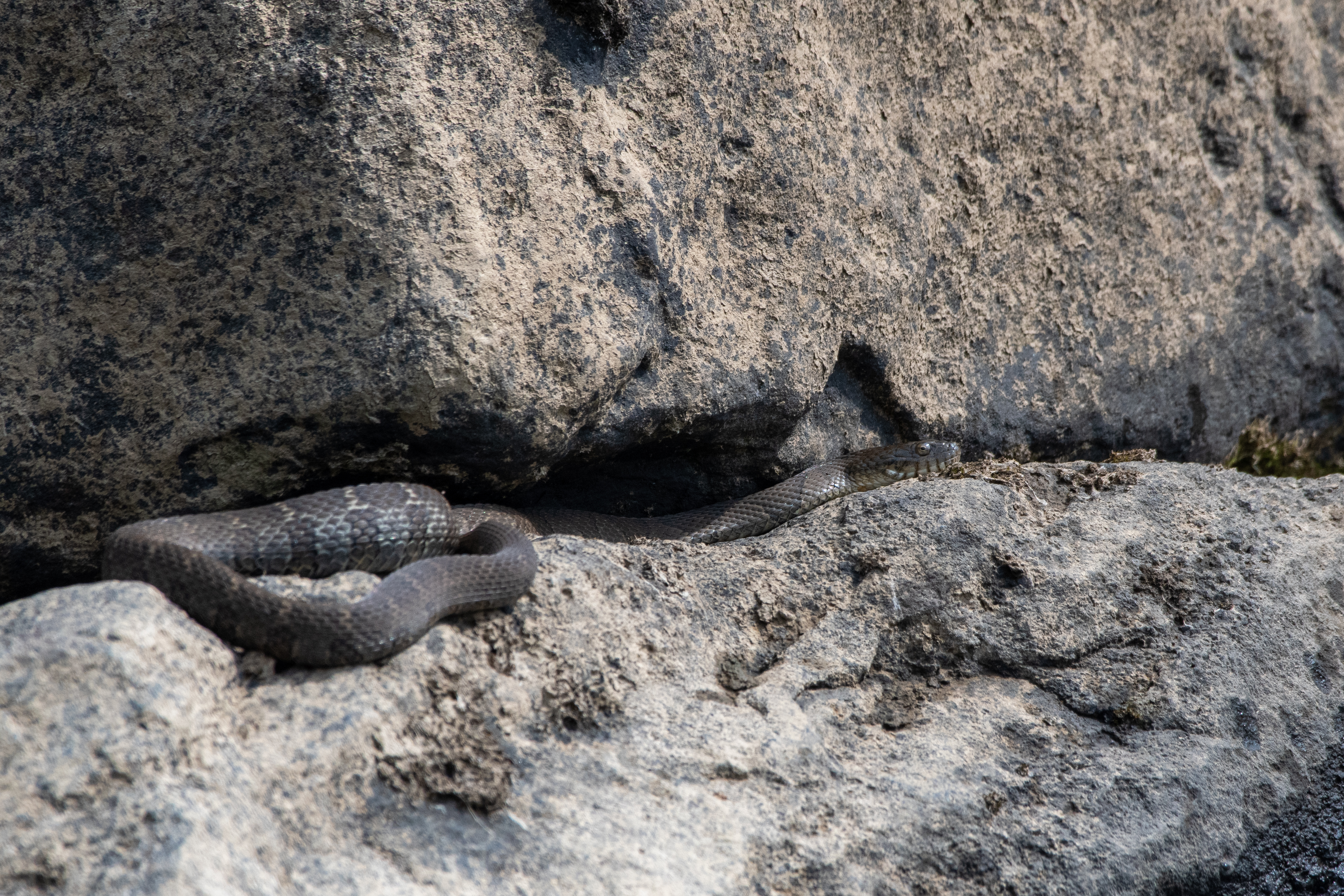
Snake Identification and Education
- There are many things you want to consider when identifying snakes, and it can become intuitive with practicewww.africansnakebiteinstitute.com How to Identify Snakes? - African Snakebite Institute
Some people seem to think that identifying snakes is a supernatural skill that only experts have, but it is not that difficult to learn. There are a few very important factors that go into identifying a snake.

A link to the African Snakebite Institute, a great organization dedicated to snake identification and education in South Africa.
- It's almost baby snake season


A lot of baby or small snakes can be confusing if you're not sure what you're looking for. Fortunately, in the US, they're all relatively easy to ID with photos of decent enough quality.
In the eastern US, Dekay's brownsnakes are super common, both juveniles and adults. Their range largely overlaps with the eastern copperhead and only slightly overlaps with the cottonmouth. Both the copperhead and cottonmouth will have yellow tail tips as juveniles, and even when young, they are considerably larger than juvenile (and some adult) Dekay's brownsnakes. This brownsnake also usually has a pale neckband as a juvenile in addition to a spotted or chain-link pattern on its backside.
- [US] Western rattlesnake ID


A lot of rattlesnake species (Crotalus sp.) in the western US look quite similar, but there are a few characteristics you can look at to help you identify them. The body pattern, facial pattern, tail pattern, and head scalation can all help lead you to the correct ID. While identification is not critical for envenomation treatment, it's fun to know what you're looking at (kind of the point of this community).
- [US] Cottonmouths VS Watersnakes


Harmless watersnakes (Nerodia sp.) are oden mistaken for venomous cottonmouths (Agkistrodon piscivorous/conanti) in the eastern US, even outside of cottonmouth range (the southeastern Atlantic coastal plain). Here is a nice graphic depicting visual differences in their body shape, face, and pattern. Note: this doesn't include all North American watersnakes, but it includes the species more likely to be encountered in the same range.
- Dekay's brownsnake (Storeria dekayi) - One of the most commonly misidentified snakes in the US


These small snakes live in the eastern US (and actually south through Texas, as far south as Honduras). They like slugs and other garden-variety invertebrates. Unfortunately, they're often mistaken for baby copperheads and other species.